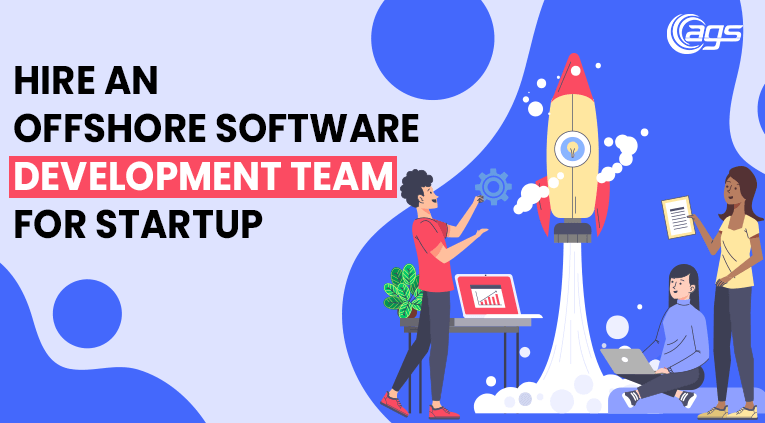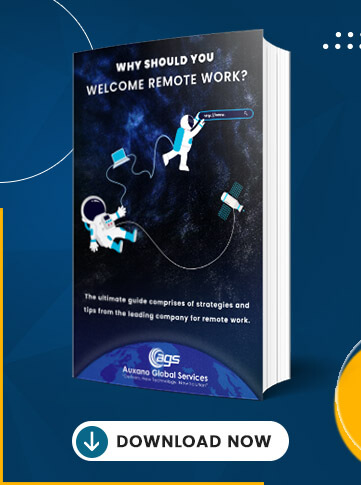With the growing usage of smartphones, the market for in-app purchases is surging rapidly. This market is generating billions of dollars for companies and this model is here to stay with us. In 2021, the app market clocked revenue of USD 693 billion and in-app purchase is a major catalyst for it.
Being a Bespoke mobile app development company, our dedicated development team is well acquainted with the in-app purchase functionalities and app monetization planning. In this particular article, we are explaining app monetization strategies, In-app purchase revenue, and the process.
If you are also planning to implement the same monetization idea in your app and looking for more information, we’ve covered it. In this article, we will understand all the nitty-gritty of in-app purchases. Let’s get started with the concept of in-app purchases.
App Monetization Strategies: How to get started?
Organizations need to pick the suitable monetization model that will fit their business needs. In addition, it should also meet the customer demands and meet all their usability requirements. Here are a few popular strategies that you can follow:
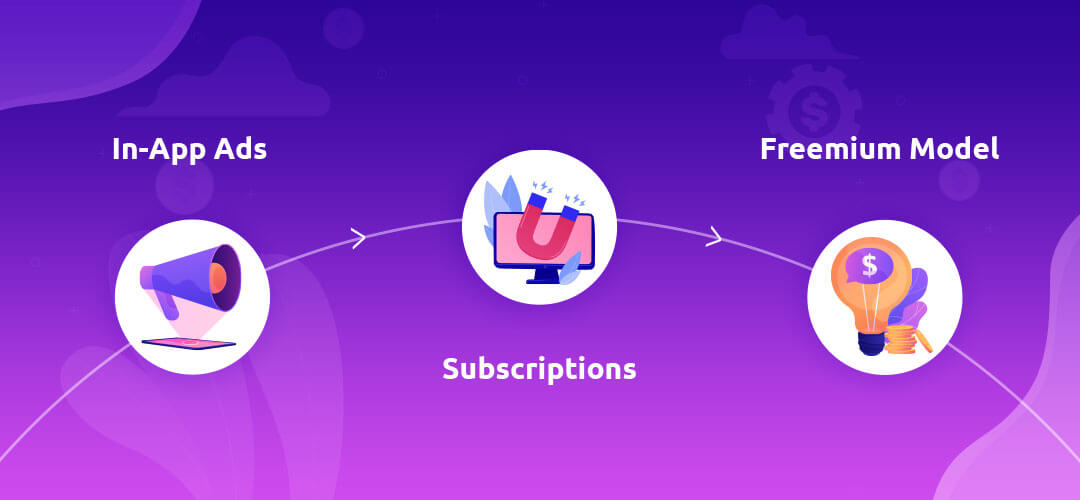
In-App Ads
It happens often that when the app owners ask customers to pay, customers hesitate to pay and many of them uninstall the app right away. To avoid this condition, it’s better to opt for an in-app advertisement. In this model, the app development company can select an app pricing model to start earning revenue. The application needs to have a good user base to place ads.
Subscriptions
The subscription model is getting quite popular lately and customers also find this model comfortable to use. In the subscription model, some of the application content is free to use and some content is accessible only through paying for it. So, you can gather both the user base and scale the application. It’s a great way to first introduce content for free and then start your subscriptions.
Freemium Model
Freemium model is the most popular and then best app monetization strategy that is making billions for app companies. You can allow users to access free content along with paid content. Users that feel they need to access the additional content, will then purchase paid content. This model lets you sell a wide range of content and it works really well for users.
Global In-App Purchase Revenue: Trends and Statistics
The global in-app purchase market is booming significantly and it’s the right time to get started with app monetization. Companies develop apps not only to sell their services or products, but to build brand loyalty, improve customer retention, and acquire new users. It’s a sustainable revenue source for individual developers and full-fledged companies.
Fully-paid apps is also an available model in the market but it doesn’t perform well. To give you a context, there are more than four million apps available and only 10% of them are paid as of Jan 2021. The majority of people don’t prefer to pay upfront to use apps.
On the other hand, the freemium model works excellently as it gives freedom to users whether they want to opt for paid content or not. Developers get the opportunity to build brand value and grow their active users through this model. As of now, the freemium app model is earning millions of dollars to its developers.
According to statistics, the global user base spending on in-app purchases on both Google Play and iOS app stores is around USD 32 billion. It’s a massive figure and you can’t overlook the popularity. There are several companies that switched to the freemium model from the paid-only model and it was a transforming move for them.
Meaning of In-App Purchase
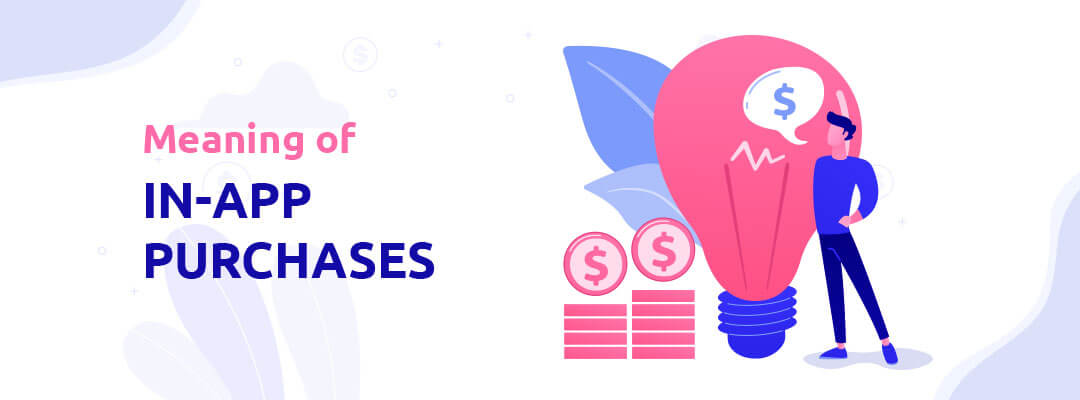
While in-app purchases may seem very easy to use at first glance, they take many forms in a mobile app and are sometimes hard to implement.
In-app purchases may seem straightforward at first glance, but it has so many things to explore. It lets users buy multiple virtual elements without leaving the app. For example, there could be extra lives for a game, tools, customization, and more. Some of the popular IAPs are:
When developers create a highly addictive game line PUBG, they also launch a bunch of value-addition options that are paid. It can be weapons, skipping the level, and so on.
In-app purchases work great for personalizing the application and changing the players’ skin, their appearance is a profitable option.
Another example of IAP is offering a free trial of content for a couple of days and then asking users to pay for the subscriptions. For example, Netflix offers one-month subscription-free and users can pay if they want to continue.
You have to decide what are the services that customers won’t bother to pay for and they will continue to use them. If you are starting out, do competitive research to understand what they are doing and then you can check what works for you.
How Does It Work?
The concept of in-app purchase is easy and quite straightforward — it includes taking money from users in exchange for offering them some exclusive services. As there are two major stores, Google App Store and Apple’s App store, it’s important to understand both. Let’s begin with Google and see what options you get.
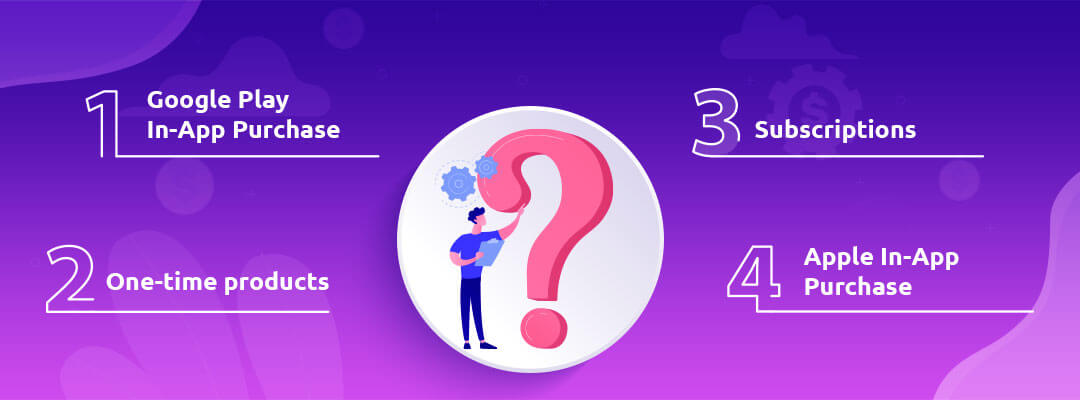
Google Play In-App Purchase
For Google Play, all the in-app purchases are managed through in-app billing by Google. The platform manages the checkout details so the apps don’t need to process the transactions. The complete process is quite seamless and users don’t have to leave the app at any given point in time. Below are popular IAPs of this platform.
One-time products:
As the name suggests, in one-time products, users only have to pay once and use it without worrying about renewing it every month. It’s a popular category among users as they only have to pay once and use application features in a hassle-free manner.
Subscriptions:
In the subscription-based model, users need to pay every month to access the content. Or there is also an option to pay quarterly or yearly subscriptions. This model is getting highly popular lately and many people are preferring subscription-style payment.
Apple In-App Purchase
Now, let’s talk about Apple’s IAP and it’s quite similar to the Android platform. Developers need to design a dedicated in-app purchase store and integrate it with the app. It can be done using Apple’s Store Kit framework.
Things To Consider While Opting In-App Purchase
Require Huge User’s Base:
In-App purchase completely relies on a number of users. If you want to monetize your app by In-App Purchase, then you have to attract a huge customer base.
Need Additional Development Time:
In-App purchase is a complex feature that requires additional time for development. You should be aware of the extra time investment before planning to develop it.
Complex App Monetization:
Most of the time app owners want to generate more ROI, therefore, they implement all the monetization models. There are several monetizations such as In-App purchase, sponsored content, paid app, freemium, ads, and more. Try to include only one or two monetization models to make it easier for end-users.
Tips To Grow In-App Purchases
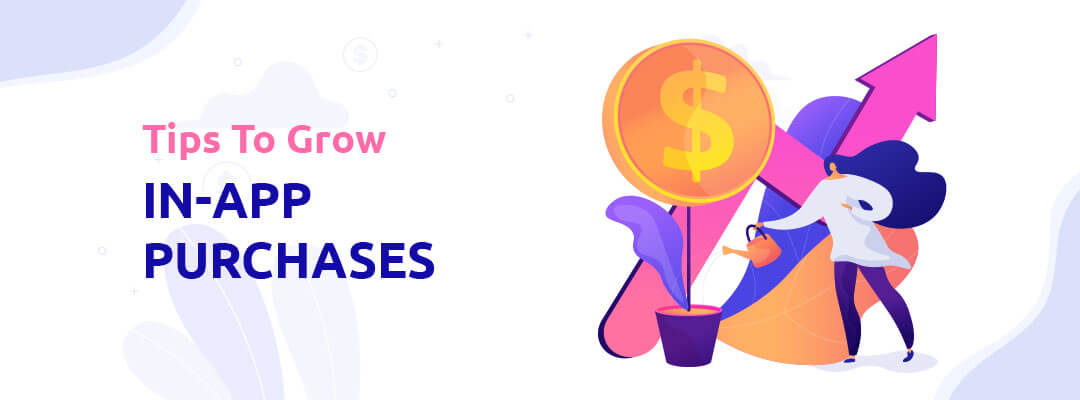
There are several ways that help you boost in-app purchases and grow revenue. Some of the key in-app purchase growth tips are are follows:
1. First, understand our audience behaviour and prepare a customer persona that will help you design the in-app purchase model. Check the app analytics to understand how users are interacting and then prepare a plan.
2. Use the fear of missing out (FOMO) technique to sell your services faster. You can run exclusive offers and offer premium content and add-ons for discounts. As they are digital assets, you don’t have to worry about margins.
3. Offering special deals on bulk IAPs will get you more revenue from apps as customers also keep searching for such offers. For example, instead of offering 10% off on individual purchases of $100, offer 40% on bulk purchases of $400.
Wrapping up!
In-app purchase is the future of generating more revenue. It’s the right time to get started and thrive on better sales, revenue, and customer base. Get started with Auxano Global Services to grow revenue through in-app purchases. Contact us now.
Frequently Asked Questions
-
1. What is an in-app purchase?
In-app purchases are purchases that happen inside of a mobile app, such as through an online shop or extra levels. In contrast to the initial purchase of the app itself, which is paid for upfront at a price determined by the publisher, in-app purchases allow additional features and content to be bought within the app after its initial download.
-
2. How do in-app purchases work?
In-app purchases can work in a variety of ways. For example, they may involve purchasing the full version of an app for a one-off fee, or they may enable a user to purchase credits or virtual currency that can be used for a variety of purposes. In-app purchases are often associated with free mobile apps, but they can also be introduced in paid apps.
-
3. How do you integrate in-app purchases?
The process of integrating in-app purchases will depend on the platform that your app is running on. For example, iOS apps need to be created using the iOS SDK and must be signed with an Apple ID in order to use in-app purchases. When setting up your app for in-app purchases, your app will need to be associated with an in-app purchase product ID.
-
4. How to implement in-app purchases in Android?
All you need to do is create an account on the Google License service and get a Google Merchant ID. Install the Google Play in-app billing library to your app, then use this library to implement purchase requests.
-
5. How to implement in-app purchases in iOS?
You need the Apple Developer Program and a valid provisioning profile. Connect your iOS app with iTunes Connect to manage the in-app items, then go to the App ID section and create a new entry. Open the Build Settings tab and add the name of the corresponding in-app item to the “Embedded Content Contains Swift Code” field.



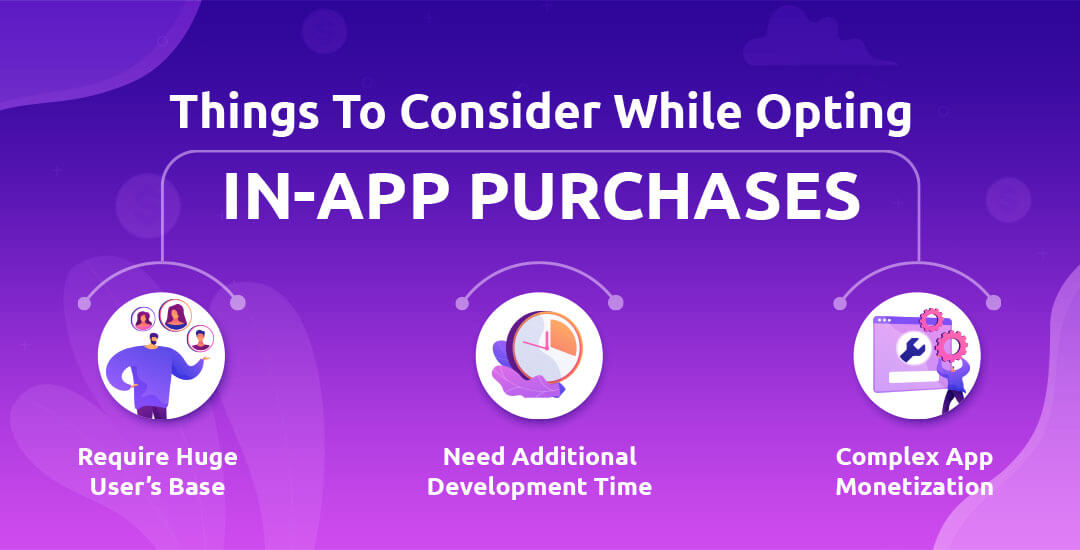
![How To Hire Remote Developers in 2021? [Complete Guide that 100% Help You]](https://www.auxanoglobalservices.com/agsresources/wp-content/uploads/2021/05/Front-Hiring-Remote-Workforce-or-Dedicated-Developers-in-2021.jpg)
